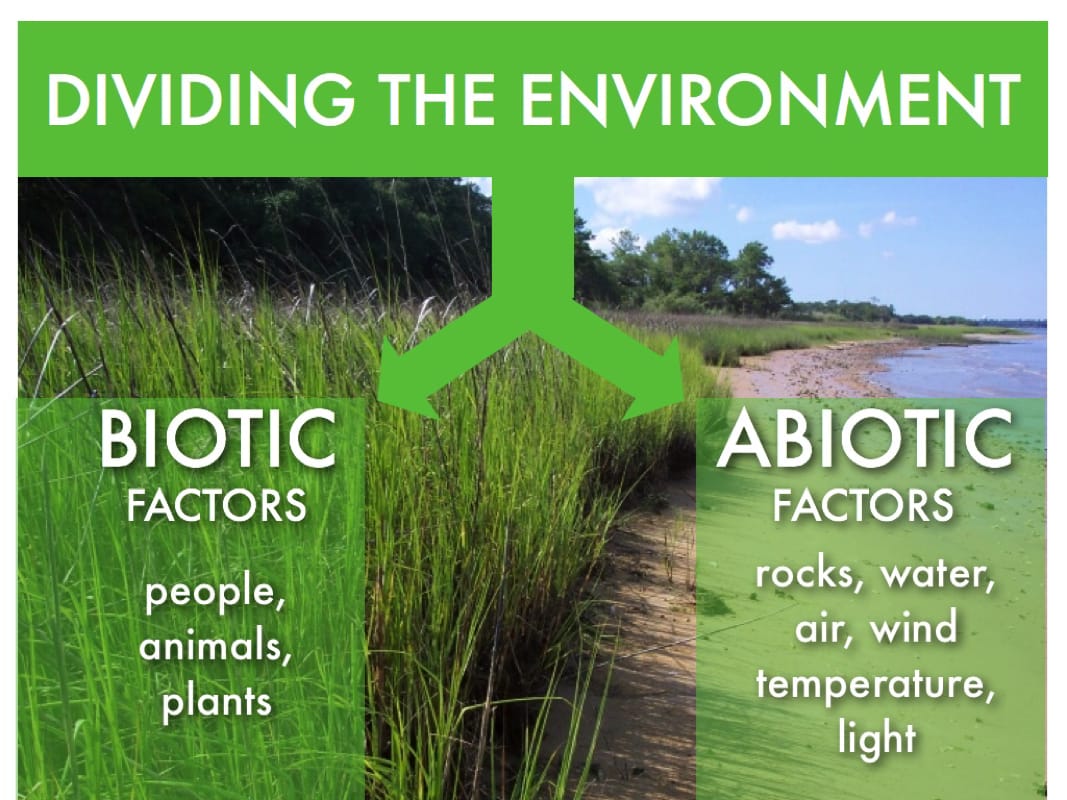Buckle up, adventurers! In the unforgiving world of Abiotic Factor, survival often hinges on your crafting prowess. And the secret ingredient to forging top-notch tools and weapons? The Abiotic Factor Canister. Let’s dive into how to snag these canisters, utilize them effectively, and become a crafting master. Trust us, it’s about to get epic!
Unlocking Domination: The Power of Canisters
So, you’re braving the desolate wasteland of Abiotic Factor, scavenging for scraps to survive another day. But what if there was a secret weapon, a key to turning the tides and becoming an unstoppable force?
Enter the abiotic factor canister. These repurposed fire extinguishers are the vital ingredient in crafting powerful gear, including the coveted Air Compressor, your gateway to devastating ranged weapons.
Where to Find These Canisters
Fire extinguishers, and therefore your precious canisters, are scattered across the world. Look in factories, workshops—anywhere safety regulations would demand a fire extinguisher or two… or ten!
Prioritize areas marked “Repair” or “Salvage.” These spots are scavenging gold mines, making it highly likely you’ll find a canister or two (or even a dozen!).
Crafting Your Way to the Top
The real magic begins when you incorporate these canisters into your crafting. They form the backbone of powerful gear, including the coveted Air Compressor, which paves the way for crafting devastating ranged weapons.
Why Canisters Are Your New Best Friend
In Abiotic Factor, maintaining an edge is paramount for survival. Abiotic factor canisters provide that edge, allowing you to craft the gear needed to dominate the wasteland and conquer any challenges that lie ahead.
Outperforming the Competition: A Guide to Finding Canisters in Abiotic Factor
Want to dominate Abiotic Factor? Securing a steady supply of canisters is essential. But you can’t just buy them—you need to get scrappy. Here’s how:
Canisters are made by breaking down fire extinguishers, those red cylinders commonly found mounted on walls. Once you’ve located a few, head to a Repair and Salvage Station—the crafting hubs of Abiotic Factor. Interact with the station, choose the “scrap items” option, and select your fire extinguishers. They’ll be broken down, and voila—shiny new canisters!
Remember, the more fire extinguishers you scrap, the more canisters you’ll get. Stockpile whenever you can, as running out mid-craft can be a major setback.
Unveiling the Unseen: Crafting a Killer SEO Article on 5 Common Abiotic Factors
We know living things interact within ecosystems, but what about the non-living elements? These are the abiotic factors, the unsung heroes that determine which organisms can survive and thrive in different environments. Here are five common abiotic factors and how they impact our world:
1. Air We Breathe
The atmosphere is a crucial ingredient for life. The right mix of nitrogen, oxygen, and other gases allows for respiration and photosynthesis. But this mix isn’t uniform. High altitudes, for instance, have thinner air with less oxygen, impacting which species can survive there.
2. Earth’s Building Blocks
Plants need nutrients like nitrogen, phosphorus, and potassium to thrive. The availability of these elements in the soil and water dictates which plants can grow where. Nitrogen-fixing bacteria play a crucial role in this process, transforming nitrogen into a usable form for plants.
3. Sunshine and Warmth
Sunlight is the primary energy source for most ecosystems, driving photosynthesis. Temperature, also largely controlled by sunlight, influences organism metabolism, impacting growth and activity levels. Reptiles, for example, rely on the sun’s warmth for proper bodily function.
4. The Wind’s Role
Wind acts as nature’s delivery service, carrying pollen for plant reproduction and dispersing seeds to new areas. However, excessive wind can lead to erosion, impacting soil composition and landscapes. Consequently, areas with strong winds often feature tough, salt-tolerant plant species.
5. Water, Water Everywhere
Water is essential for all life, but its availability and quality vary drastically. Organisms in water-scarce environments, like deserts, have adapted to conserve water, while areas with abundant rainfall support lush ecosystems.
Key Takeaway:
Abiotic factors, while often unseen, are the driving force behind the Earth’s diverse ecosystems.
Analyzing Abiotic Factors in Aquariums: Your Guide to Outperforming the Competition
Just like in nature, abiotic factors are the unsung heroes of a thriving aquarium. These non-living elements set the stage for your aquatic ecosystem, influencing everything from fish health to plant growth.
Understanding Abiotic Factors
Abiotic factors encompass the chemical and physical components of an environment. In an aquarium, these factors directly impact the well-being of your fish and the overall balance of your underwater world.
Key Abiotic Players in Your Aquarium
- Water Parameters: Temperature, pH, hardness, and levels of ammonia, nitrite, and nitrate are crucial for fish health.
- Light: The intensity, spectrum, and duration of light influence plant growth, fish behavior, and overall aquarium health.
- Physical Factors: Water flow, substrate type, and the size and shape of your aquarium all play a role in creating a thriving ecosystem.
Maintaining Balance
Remember, abiotic factors don’t exist in isolation. They interact with each other and with the living organisms in your aquarium. For instance, high light levels coupled with imbalanced nutrients can lead to algae overgrowth. Regularly monitoring and adjusting these factors is key to a healthy, vibrant aquarium.











